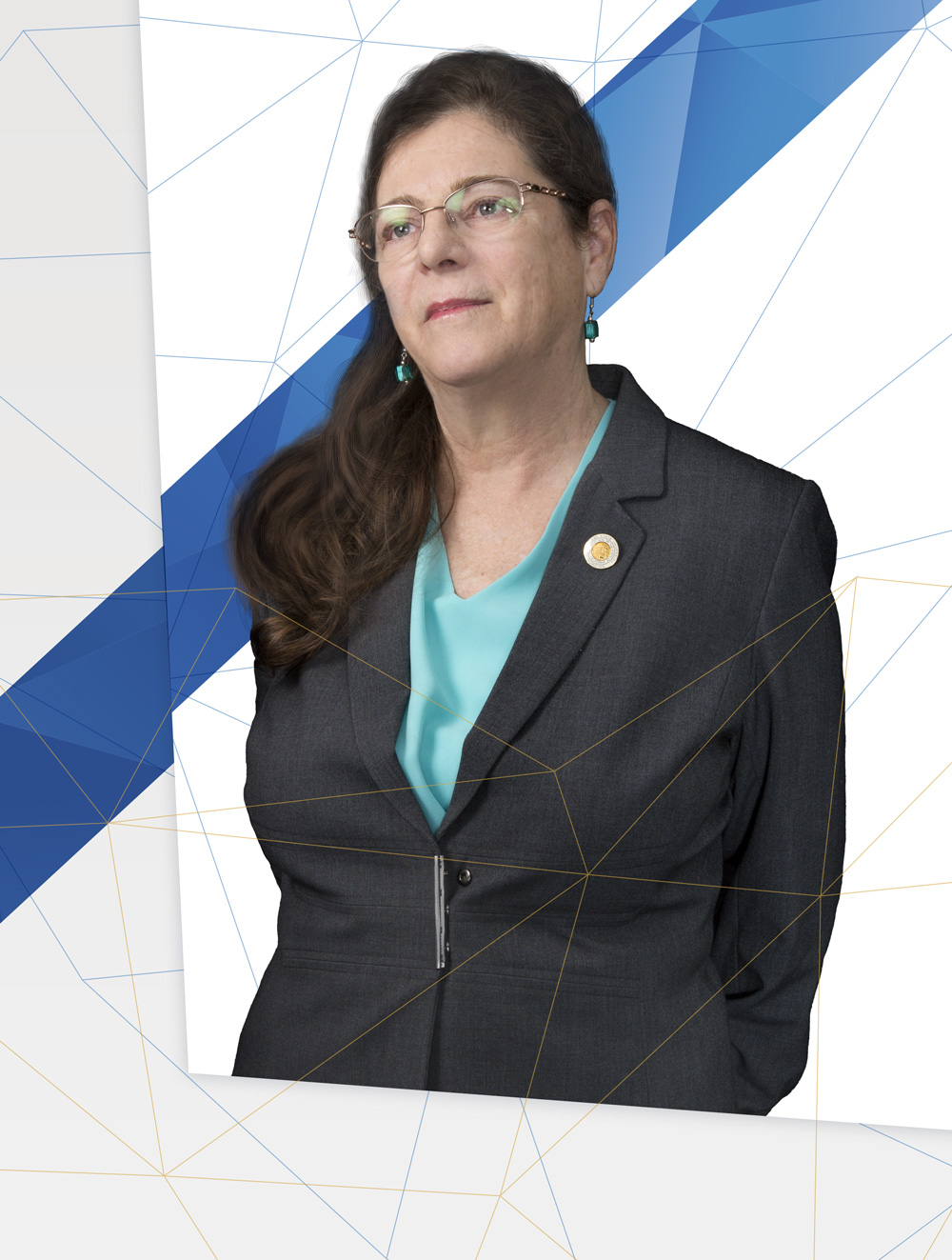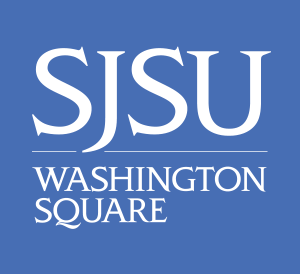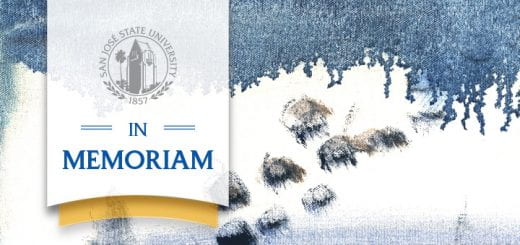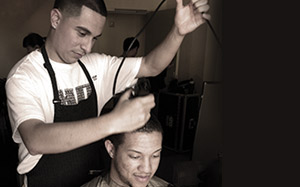Alumni Healthcare Leaders: Julie Cherry
The nation’s complex and hotly debated healthcare system affects us all. Washington Square wanted to hear from alumni insiders who are shaping the industry—from hospitals and biotech companies to medical devices and research and development.
Here is our full conversation with Julie Cherry, ‘93 Nursing, ‘97 MS Nursing, chief clinical officer and vice president of clinical and consulting services at Care Innovations, an Intel Company. Read Q&As with all 10 alumni healthcare leaders.
Why did you study nursing?
I came to San Jose State as an adult learner. I had worked in the healthcare field for quite a long time as a respiratory therapist and then a cardiopulmonary tech. I was frustrated by the way that physicians were relying on diagnostic technologies instead of hands-on medicine to understand what was going on with their patients. And I grew up in a medical family. My father was a clinical cardiologist. He taught me the importance of using clinical history and physical assessment to come up with a diagnosis, and not just use machines to find out what’s wrong.
When I went to nursing school, I found out I didn’t know anything about nursing. But I fell in love with the profession. I loved the fact that it was more about supporting and helping a person with their challenges, versus physicians, who diagnose and treat.
What is your best memory of your time at SJSU?
I loved the experience of all of the nursing students being exposed to opportunities like SJSU’s “nurse-managed centers,” nursing outside of the traditional walls of the hospital for nursing.
What would you want people to know about San Jose State?
The door is wide open: whatever you want to do, whatever field you want go into, the rich diversity of the student body, of the faculty, the kinds of courses and degrees that are offered. And SJSU has a nice sense of community. I had a mentor, Juliet Corbin, who became a lifelong friend. I cherish that relationship, and I cherish the education that I got at San Jose State.
What inspired you to pursue a career in healthcare?
My brother was born with a congenital heart defect. He has been a great inspiration in my life. He taught me that people can live happy and high-quality lives, even with health challenges. I wanted to work in healthcare so I could help people like my brother. And, as a little girl, I knew I wanted to work where my dad worked.
What is the biggest challenge with U.S. healthcare today?
Unfortunately, sometimes decision-making is driven by economics. Trying to mix clinical judgment and decisions with financial judgment and decisions is like mixing oil and water.
How does Care Innovations address a major patient need?
Our sole mission is to enable connection between healthcare providers and their patients outside of the traditional walls of medicine. We have technology and services that enable a physician to get timely, actionable information from their patient while at home. The patient and the caregiver are frequently in different places. We try to close that gap for patients and also help the providers have better information.
How exactly does that work?
We offer services through our technology platform. For example, if a physician needs to do a video conference with a patient in the home, they can have a “virtual-visit.” We also have “remote patient monitoring” (RPM). That’s the traditional telehealth model—daily monitoring and interaction, and patient education, supporting them, teaching them how to self-manage. We have “home-sensing technology” to track a patient’s activities of daily life at home, or track adherence to medications and therapies using passive sensors in the home. And we have clinical call center to help manage patients in these programs.
What is currently working well in U.S. healthcare?
There’s more and more acceptance in our healthcare model for remote care. Twenty years ago, there was no reimbursement for remote care. There was no economic model that worked. That has turned around now, and the payers and the providers have wrapped their heads around the fact that it does make sense to reimburse for remote patient monitoring and for remote care. One example is the Veterans Health Administration (VHA), which started its program about 15 years ago. Now there are more than 80,000 veterans served through home telehealth remote patient monitoring program. The VHA is the world’s largest provider of telehealth or remote care. Now, it’s catching on with Medicare and other providers as well.
What does the healthcare industry need most from academic partners who are training the next generation of the workforce?
What’s broken in our system is that the economics and the economic-driven decisions many times go against the clinical or the quality-of-care decisions. How can we put the two brains together and do some interesting research? Is there an opportunity for nursing and medical schools to collaborate with economics departments? Can we do more studies that demonstrate the ROI of doing things differently than we do them today? There are some really sharp people in the academic world who could figure that out. And I think there are opportunities for studies in innovative, new models of care.
I’ve got a daughter who is finishing up in medical school. It’s been really interesting to see what she’s learning. What we’re getting right is that it’s more acceptable to focus on patient-centric care and not disease-centric care. What that does for patients and families is huge. We have a tendency to be a prescription-driven model where we will treat a patient’s symptoms, but not necessarily spend the money to try to diagnose the problem that’s causing the symptoms, and fix that.
What do you look for when hiring new people into your organization?
As the chief clinical officer, I look for people that are very good listeners and very consultative in their approach to dealing with people.
How did SJSU prepare you for your current role?
San Jose State gave me the foundation for my entire career. I got really excited about chronic illness management when I was at San Jose State, which was the focus of my thesis. I worked with Juliet Corbin and Anselm Strauss on chronic illness trajectory and a nursing model for chronic illness management. That’s how I got interested in the telehealth business.
What advice would you give both patients and caregivers for navigating the complexity of the U.S. healthcare system?
We no longer live in an era where your doctor is just going to take care of you. Find somebody who works in the healthcare industry, like a nurse or a doctor, that you can talk to. For the caregivers, there are wonderful community networks online where you can find support. At hospitals, medical centers or your health insurance company, ask for an advocate. Anybody who wants a care manager to help them navigate his or her course of illness is entitled to one.
What is one message you’d like to share with your fellow alumni?
Take advantage of your opportunities while you’re in school, and support the school when you leave. When you get out there in the community and working, don’t forget who laid the foundation for you.

“San Jose State gave me the foundation for my entire career.”



